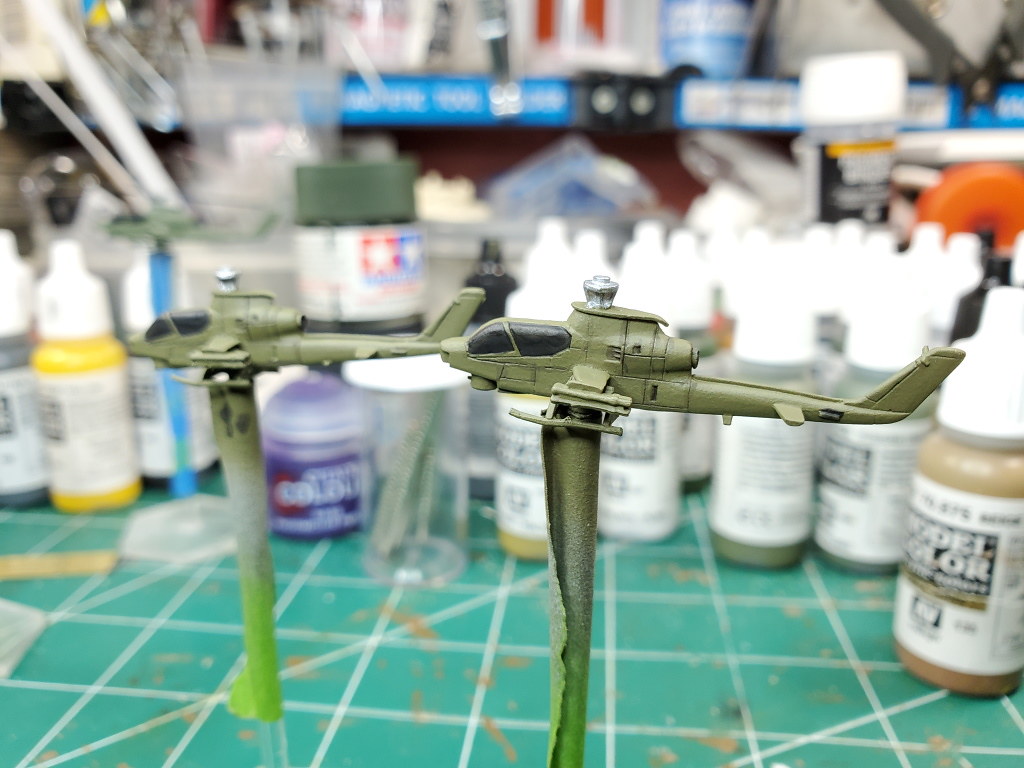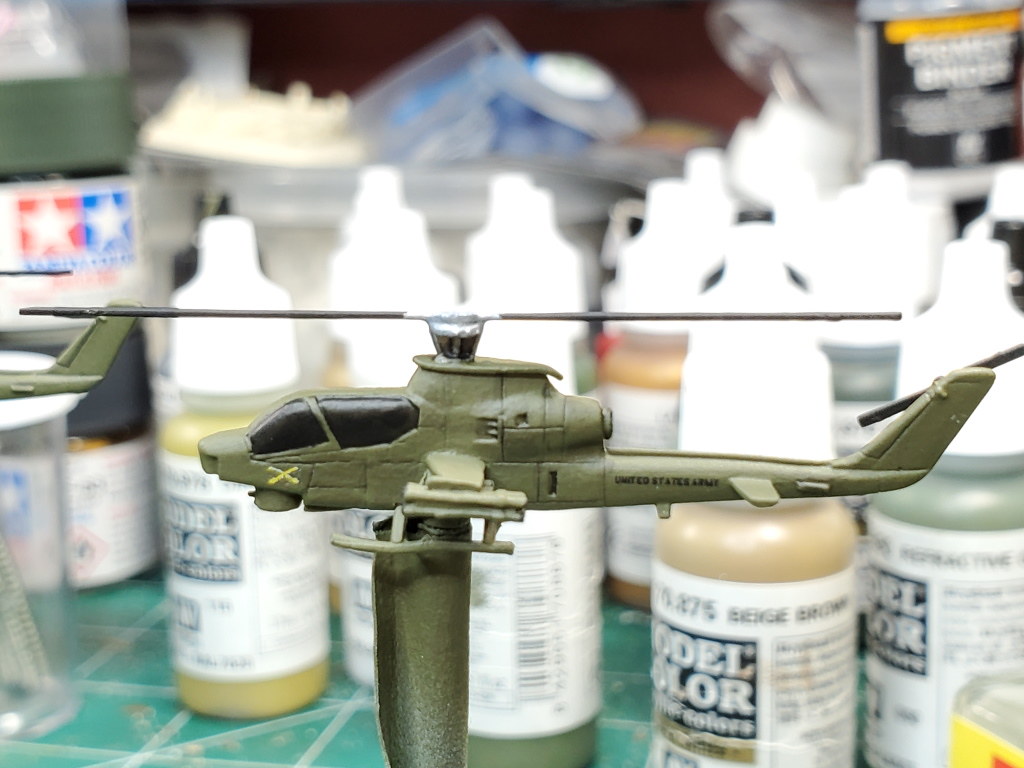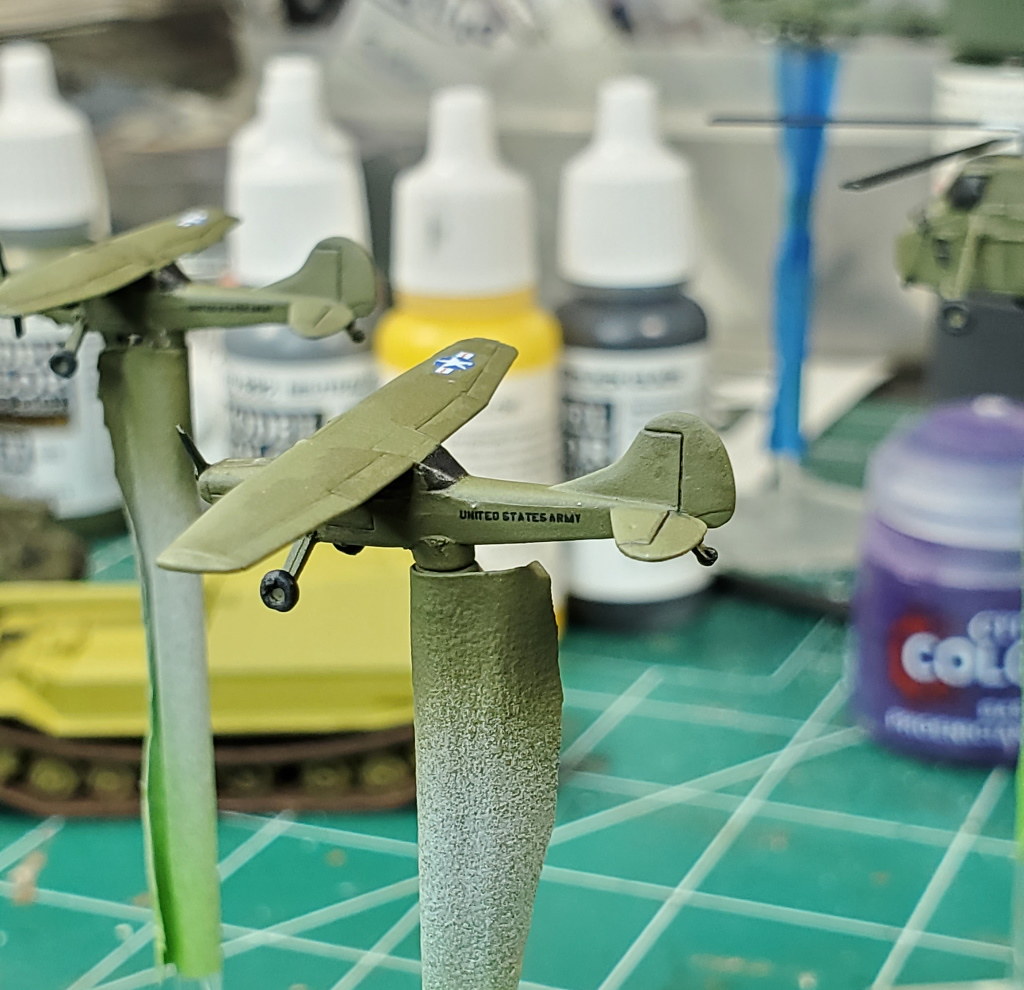Mark S. (Extra C):
I like the terrain pieces you have posted. Are these your own creations or commercial items you have put together (mounted in combinations)?
I am particularly interested in the last image with the white stone wall. My first thought was "it looks like he is using styrofoam, but how did he cut it to keep that texturing?" ... but then I observed the corner pieces and have concluded that this is a stone wall set. It is a resin casting? A 3D print?
I find that walls and hedges make a big difference on the battleboard. I am always looking for new ways to create these "detail" pieces that can break up line-of-sight and give infantry the staying power and stickiness that my readings tell me are genuine characteristics of combined arms combat.
Some examples of my work:

Here an Italian AT gun fights Soviet armor from a position at the corner of a low stone wall. The wall was created by applying layers of model RR talus to a line of white clue on a coffee house stirring stick.

Here a US Infantry OP has set-up behind a break in a stone wall. The wall was created by cutting slices from a thin cork pad, and applying them to my ubiquitous coffee house stirring sticks, then doing several washes and dry-brushings to give a stone look. The loose stones around the broken section of wall are model RR talus.

Here is another look at a sliced-cork stone wall. The gate in this case is the end off of ... you guessed it ... a coffee house stirring stick.

Here is a different approach to walls -- using square cross-section plastic rod. Very simple -- long segments laid down for the wall, and short segments stood up for the corners and mid-wall posts. The second house shows two ways I construct hedges -- the back hedges are just model RR clump foliage, while the front hedge is a thin slice from a dishwashing scouring pad.
Always looking for new ways to add some complexity to the terrain of built-up areas.

















